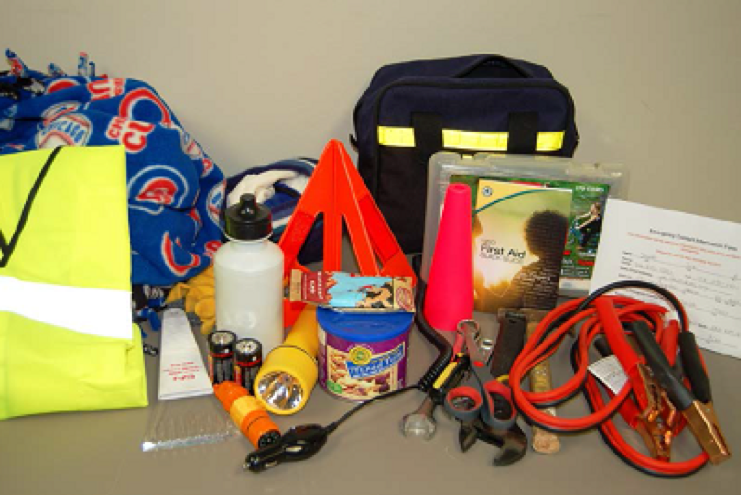 Fire Safety
Fire Safety
The holidays are here and with all the joy and cheer may come unwanted hazards. The National Fire Protection Association (NFPA) wants everyone to be aware of potential fire risks and be mindful when decorating your home to help make the holidays safer. See the NFPA’s 9 Ways You’re a Holiday Decorating Disaster for reminders on decorating hazards. Christmas trees are one decoration that can quickly become a devastating and deadly fire. See the NFPA live Christmas tree burn video, which shows just how quickly a dried-out Christmas tree fire burns with a flash over occurring in less than one minute. Share this information with your friends and family so we can all be safe this holiday season.
Did you know? More than one-third of home decoration fires are started by candles.
Did you know? A heat source too close to the Christmas tree causes one in every four Christmas tree fires.
Did you know? One-third of home fires that begin with Christmas trees occur in January.
Workplace Safety
Whether it is the holiday season or not, these tips are particularly important to keep in mind when working with hazardous materials, sharp devices and powered equipment.
- Be mindful while working.
- Eliminate as many distractions as possible:
- Plan enough time to complete your tasks or research experiments safely.
- Avoid rushing.
- Avoid working alone when handling hazardous chemicals, biohazardous materials, or high physical hazards.
- Know where emergency equipment is located, for example eye wash stations, fire extinguisher, emergency showers.
- Locate the Spill Response Team phone number (404-727-2888).
- Locate the Occupational Injury Management phone number: 404-686-5500 Page #50464
Before you leave for the holidays, keep these green holiday tips in mind:
- Turn off all computers, lights, and laboratory equipment.
- Close chemical fume hood sashes.
- Dispose of all chemical, biological, and radioactive waste.
- Provide staff with emergency or alternate contact information.
 Holiday Health
Holiday Health
In addition to fire and workplace safety, it is important to prioritize your health and well-being during the holidays. The Centers for Disease Control and Prevention (CDC) provides holiday health and safety tips to help you enjoy the holiday season. More information can be found here.
CDC’s 12 Ways to Have a Healthy Holiday Season:
- Wash your hands often – scrub for at least 20 seconds.
- Stay warm – dress in several layers.
- Manage stress – keep your commitments and spending in check.
- Travel safely – always wear your seatbelt and designate a sober driver.
- Be smoke-free – avoid smoking and breathing people’s smoke.
- Get check-ups and vaccinations – detect potential problems early and prevent disease.
- Watch the kids – children are at high risk for injuries.
- Prevent injuries – never leave fireplaces, stoves, or candles unattended.
- Handle and prepare food safely – cook foods to proper temperature and refrigerate promptly.
- Eat healthy and be active – limit fats, salt, and sugary foods; be active for at least 2 ½ hours a week.
 Travel Safely
Travel Safely
The National Safety Council recommends basic precautions are taken to ensure your family remains safe and injury-free throughout the holiday season. Many people choose to travel by car during the holidays, which has the highest fatality rate of any major form of transportation based on fatalities per passenger mile.
- Prepare your car for winter and keep an emergency preparedness kit with you.
- Get a good night’s sleep before departing and avoid drowsy driving.
- Leave early, anticipating heavy traffic.
- Make sure every person in the vehicle is properly buckled up no matter how long or short the distance traveled.
- Put the cell phone away; many distractions occur while driving, but cell phones are the main culprit.
- Practice defensive driving.
- Designate a sober driver to ensure guests make it home safely after a holiday party; alcohol or over-the-counter, prescription and illegal drugs can cause impairment.
 The National Safety Council’s example of an emergency preparedness kit.
The National Safety Council’s example of an emergency preparedness kit.